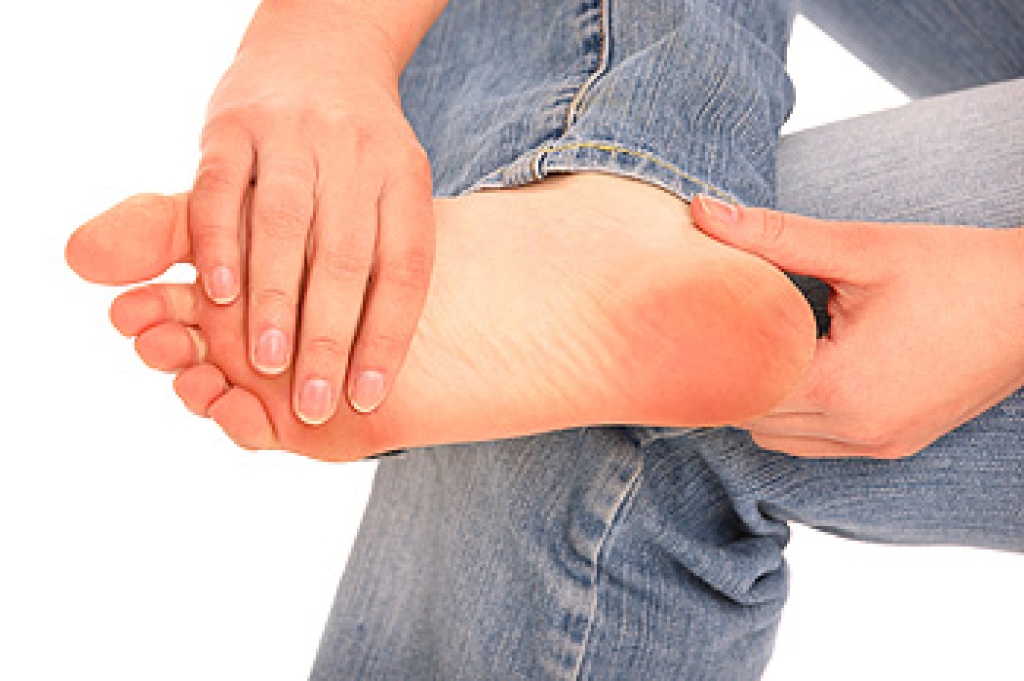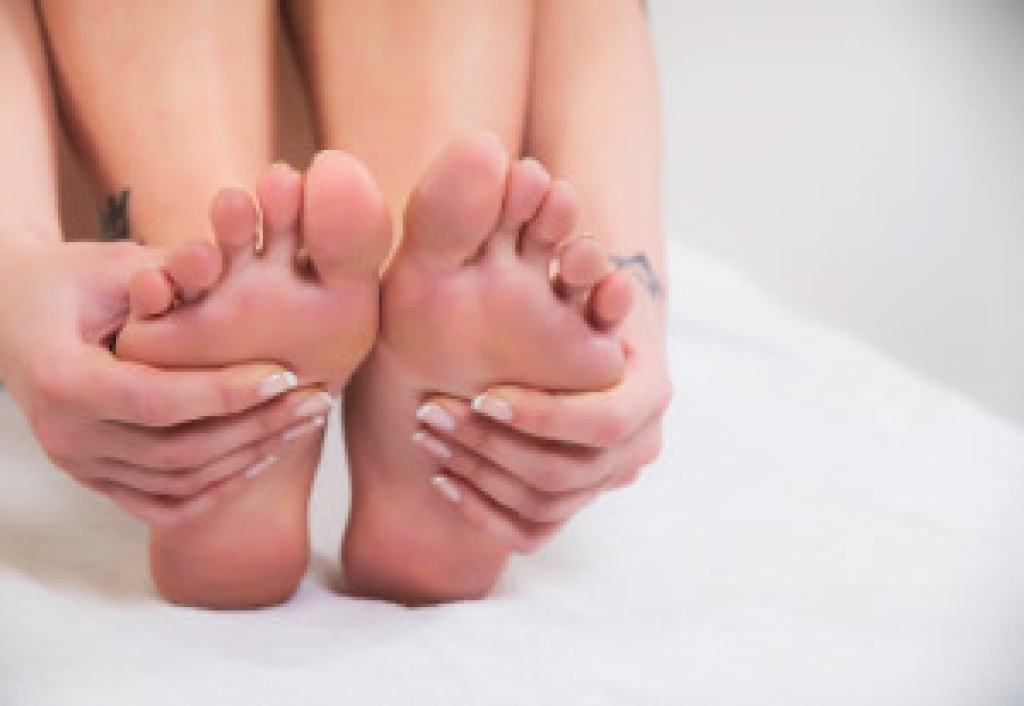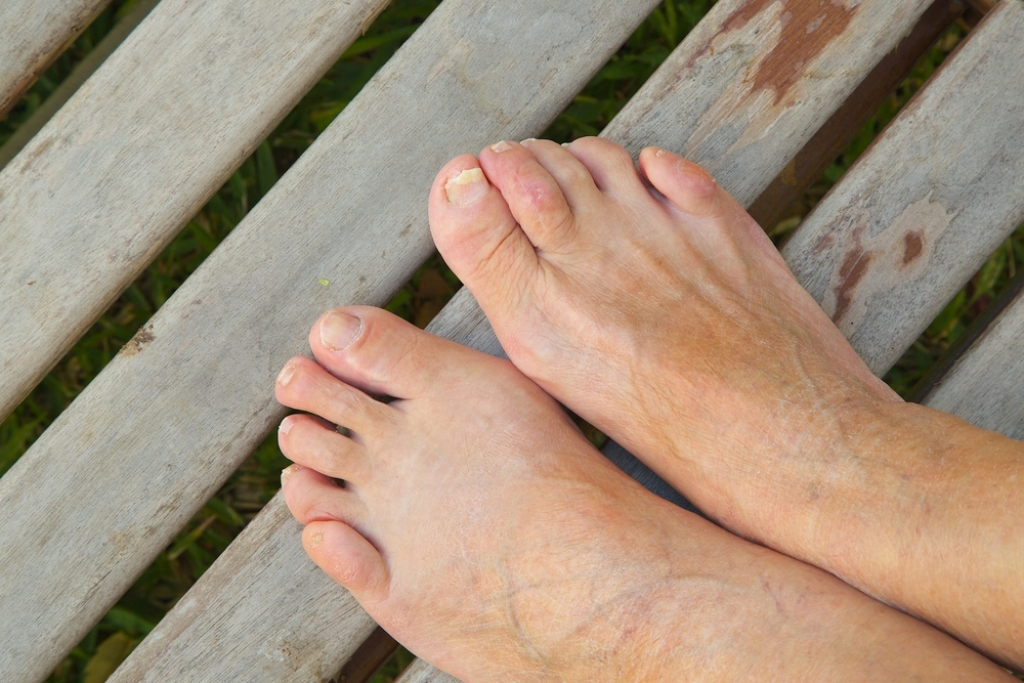 Most injuries and diseases of the foot and ankle are not treated surgically. However, a foot and ankle surgeon can still help you by examining your feet and ankles when you experience pain or other symptoms of injury or disease. You may want to consult a foot and ankle surgeon if you have sustained an injury, such as a sprain or fracture, have a medical condition that can affect the feet, have difficulty completing daily activities, or notice a change in the appearance of your feet or ankles. Foot and ankle surgeons tend to only suggest surgery when a problem is severe and non-surgical treatments have failed. For more information about how a foot and ankle surgeon may be able to help you, please consult with a podiatrist.
Most injuries and diseases of the foot and ankle are not treated surgically. However, a foot and ankle surgeon can still help you by examining your feet and ankles when you experience pain or other symptoms of injury or disease. You may want to consult a foot and ankle surgeon if you have sustained an injury, such as a sprain or fracture, have a medical condition that can affect the feet, have difficulty completing daily activities, or notice a change in the appearance of your feet or ankles. Foot and ankle surgeons tend to only suggest surgery when a problem is severe and non-surgical treatments have failed. For more information about how a foot and ankle surgeon may be able to help you, please consult with a podiatrist.
Foot surgery is sometimes necessary to treat a foot ailment. To learn more, contact Dr. Castillo of Bronx Foot Care. Our doctor will assist you with all of your foot and ankle needs.
When Is Surgery Necessary?
Foot and ankle surgery is generally reserved for cases in which less invasive, conservative procedures have failed to alleviate the problem. Some of the cases in which surgery may be necessary include:
- Removing foot deformities like bunions and bone spurs
- Severe arthritis that has caused bone issues
- Cosmetic reconstruction
What Types of Surgery Are There?
The type of surgery you receive will depend on the nature of the problem you have. Some of the possible surgeries include:
- Bunionectomy for painful bunions
- Surgical fusion for realignment of bones
- Neuropathy decompression surgery to treat nerve damage
Benefits of Surgery
Although surgery is usually a last resort, it can provide more complete pain relief compared to non-surgical methods and may allow you to finally resume full activity.
Surgical techniques have also become increasingly sophisticated. Techniques like endoscopic surgery allow for smaller incisions and faster recovery times.
If you have any questions please feel free to contact our offices located in Bronx, NY Yonkers, NY . We offer the newest diagnostic and treatment technologies for all your foot and ankle needs.



